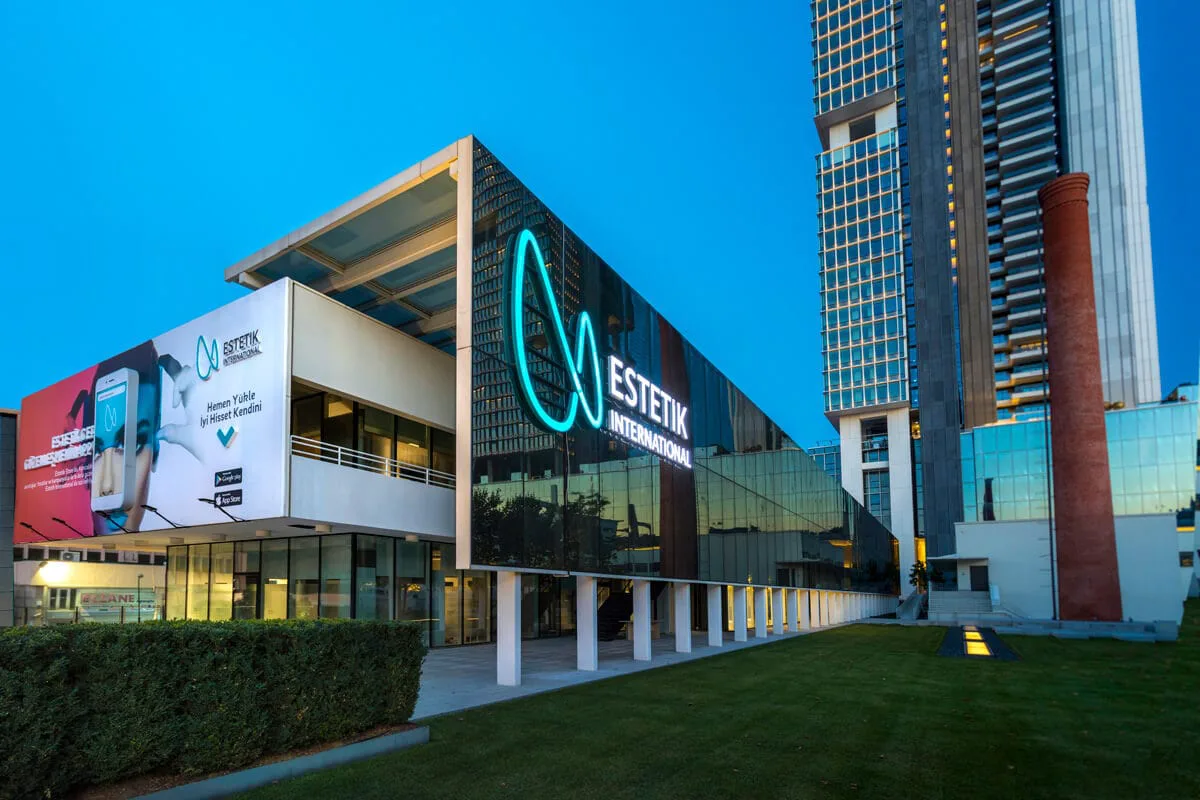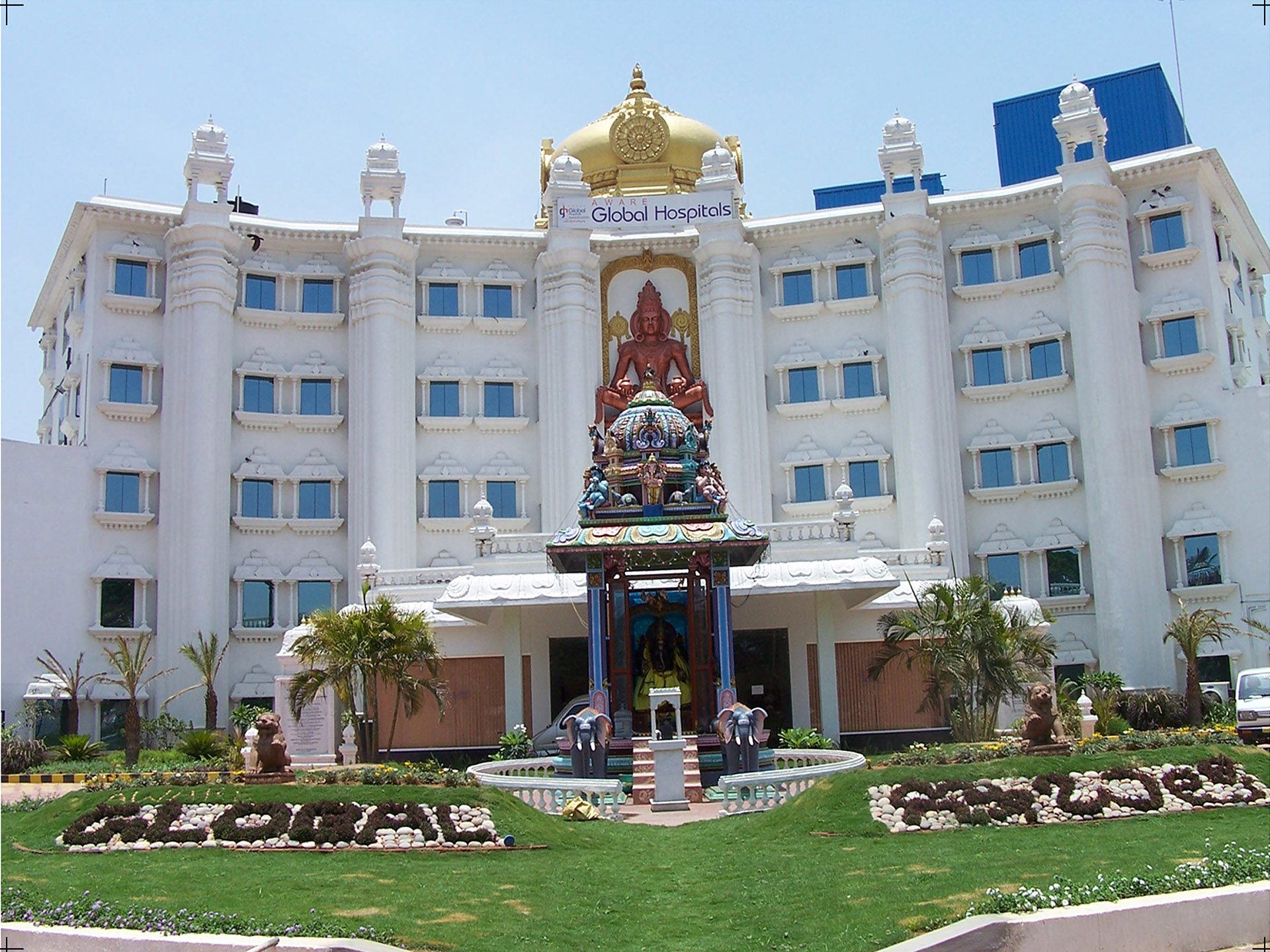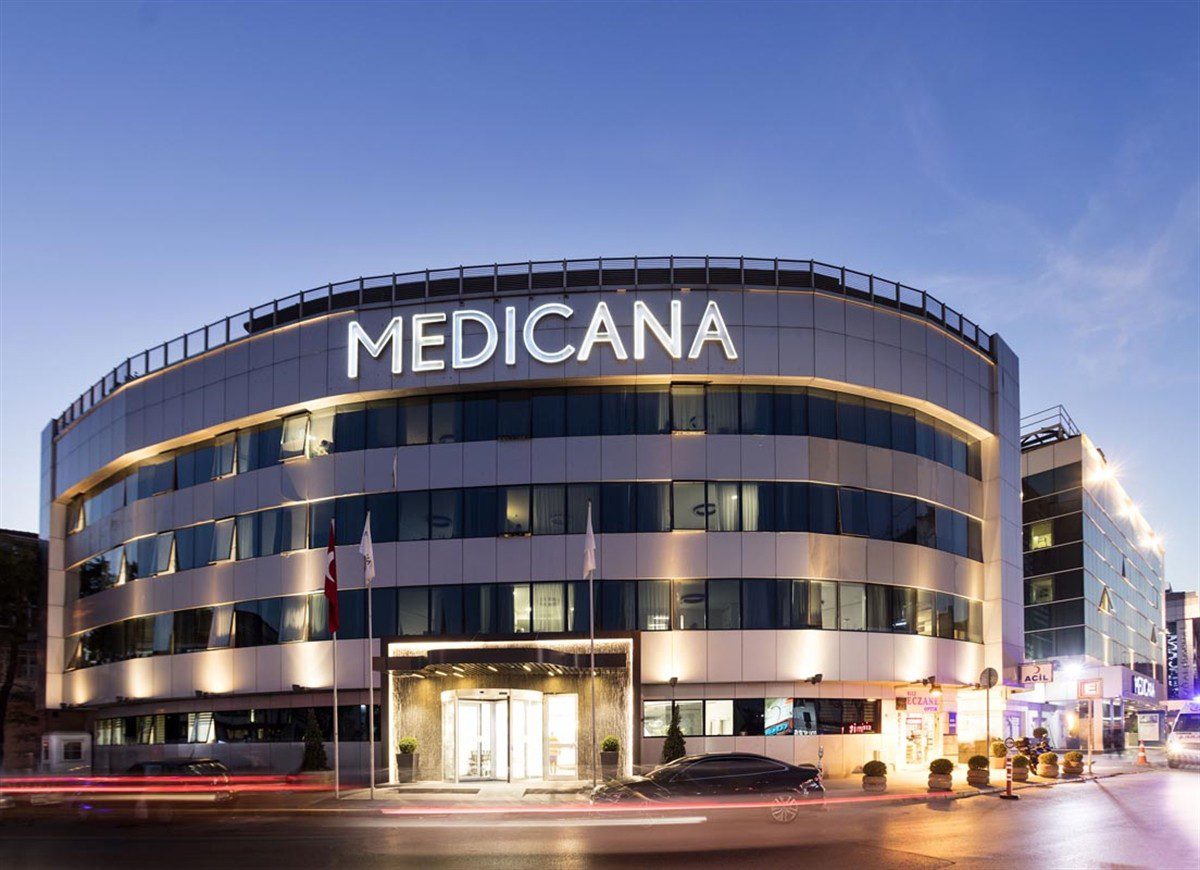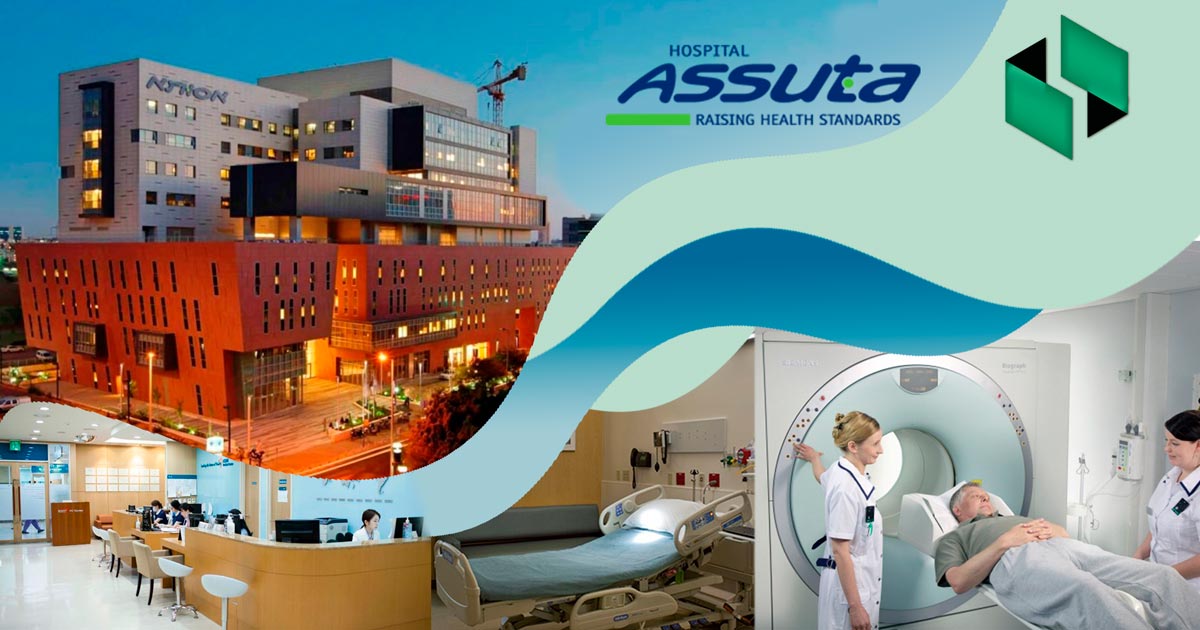Pectus excavatum, auch bekannt als „eingesunkene Brust“ oder „Trichterbrust“, ist eine Erkrankung, bei der das Brustbein abnormal geformt ist und eine Vertiefung in der Brust entsteht. Die angeborene Brustwanddeformität stellt zwar kein erhebliches Gesundheitsrisiko dar, kann aber emotionales Leid verursachen und das Selbstwertgefühl beeinträchtigen. Für Patienten, die diese Fehlbildung korrigieren wollen, ist eine Operation oft eine praktikable Variante. Vor der Operation ist es jedoch wichtig, die Kosten der Pectus excavatum-Operation und die Aspekte, die sie beeinflussen, zu berücksichtigen.
Übersicht über die Behandlungen zur Pektuskorrektur
Es gibt 2 Hauptoperationen, die üblicherweise zur Korrektur des Zustands verwendet werden: Die Nuss- und die Ravitch-Methode. Bei der Nuss-Methode wird eine gebogene Metallstange unter das Brustbein geschoben, um es nach außen in eine normalere Position zu bringen. Bei der Ravitch-Methode hingegen wird ein Teil des verformten Brustbeins entfernt und anschließend stützende Materialien verwendet, um die Brustwand neu zu formen.
Die Nuss-Methode wird aufgrund ihres weniger invasiven Charakters und der kürzeren Erholungszeit bevorzugt. Sie bietet den Vorteil eines kleineren Einschnitts und der Verwendung endoskopischer Kameras, um die Platzierung der Metallstange zu steuern. Zu den potenziellen Risiken und Nebenwirkungen, die zwar selten sind, gehören jedoch Verschiebungen der Stange, Pneumothorax (kollabierte Lunge) und Infektionen.
Die Ravitch-Methode ist zwar invasiver, kann aber für Patienten mit großen Deformitäten unumgänglich sein. Diese Methode erfordert einen größeren Schnitt und die Entfernung eines Teils des Brustbeins. Zu den Risiken dieser Operation gehören Infektionen, Narbenbildung und eine längere Erholungszeit.
Faktoren, die die Kosten des Nuss-Verfahrens beeinflussen
Die Kosten eines chirurgischen Eingriffs können in Abhängigkeit von mehreren Faktoren variieren. Erstens spielt das Honorar des Chirurgen eine wichtige Rolle bei den Gesamtkosten. Sehr erfahrene Chirurgen, die nachweislich erfolgreiche Ergebnisse erzielt haben, können höhere Honorare verlangen als weniger erfahrene Ärzte. Es ist wichtig, einen Chirurgen zu wählen, der in der Durchführung von Operationen erfahren ist, um optimale Ergebnisse zu gewährleisten.
Auch die Krankenhauskosten tragen zu den Gesamtkosten bei. Verschiedene Krankenhäuser können unterschiedliche Preisstrukturen haben, und Aspekte wie der Standort und der Ruf der Klinik können die Kosten beeinflussen. Darüber hinaus sind die Anästhesiekosten ein weiterer Kostenfaktor, da der Eingriff eine Anästhesie erfordert, um das Wohlbefinden des Patienten während der Operation zu gewährleisten.
Vor der Operation anfallende Kosten, wie medizinische Tests und bildgebende Untersuchungen, sind ebenfalls zu berücksichtigen. Diese Tests helfen, den Gesundheitszustand des Patienten einzuschätzen und die Operation zu planen. Auch die postoperative Versorgung, einschließlich Krankenhausaufenthalte, Nachsorgetermine und erforderliche Medikamente, tragen zu den Gesamtkosten bei.
Typische Kostenspannen
Die Kosten für einen chirurgischen Eingriff können je nach Vorgehensweise und den individuellen Umständen stark variieren. Bei Nuss können die mittleren Kosten zwischen 15.000 und 30.000 $ liegen. Bei der schwierigeren Ravitch-Operation liegen die durchschnittlichen Kosten zwischen 20.000 und 40.000 Dollar. Es ist jedoch zu beachten, dass es sich bei diesen Zahlen um Näherungswerte handelt, die in Abhängigkeit von den bereits erwähnten Faktoren, wie z. B. dem Honorar des Chirurgen und den Krankenhauskosten, variieren können.
Zusätzlich zu den primären chirurgischen Kosten müssen auch andere mögliche Ausgaben berücksichtigt werden. Dazu können präoperative Tests, postoperative Kleidung und Hilfsmittel, Medikamente zur Schmerzbehandlung und unerwartete Nebenwirkungen während oder nach der Operation gehören. Die Kenntnis des vollen Umfangs der möglichen Kosten hilft den Patienten, entsprechend zu planen und zu budgetieren.
Versicherungsschutz und finanzielle Unterstützungsmöglichkeiten
Der Krankenversicherungsschutz variiert je nach Versicherungsanbieter und Versicherungspolice. Einige Versicherungen übernehmen einen großen Teil der Operationskosten, andere wiederum bieten nur eine begrenzte Deckung oder betrachten die Operation als kosmetischen Eingriff und sind daher nicht versichert. Es ist wichtig, dass sich die Patienten mit ihrer Versicherung in Verbindung setzen und sich über die Möglichkeiten der Kostenübernahme und die eventuell anfallenden Eigenbeteiligungen informieren.
Für Patienten, die vor finanziellen Problemen stehen, gibt es oft Finanzierungsmöglichkeiten, wie z. B. Zahlungspläne, die von Krankenhäusern oder unabhängigen Finanzierungsunternehmen angeboten werden. Darüber hinaus können einige Wohltätigkeitsorganisationen und Zuschüsse bedürftigen Personen finanzielle Unterstützung gewähren.
Schlussfolgerung
Zusammenfassend lässt sich sagen, dass eine Pektuskorrektur eine lebensverändernde Behandlung für Menschen sein kann, die eine Linderung der körperlichen und seelischen Auswirkungen der Deformität suchen. Es ist jedoch wichtig, die damit verbundenen Kosten zu berücksichtigen und die Aspekte zu verstehen, die sie beeinflussen. Durch Nachforschungen und Beratung mit medizinischen Fachleuten können Patienten fundierte Entscheidungen treffen und Optionen wie Versicherungsschutz, Finanzierung und finanzielle Unterstützungsprogramme prüfen. Denken Sie daran, dass eine professionelle Beratung, die auf die individuellen Umstände zugeschnitten ist, von entscheidender Bedeutung ist, um möglichst genaue und aktuelle Informationen über die Kosten der Operation zu erhalten.










